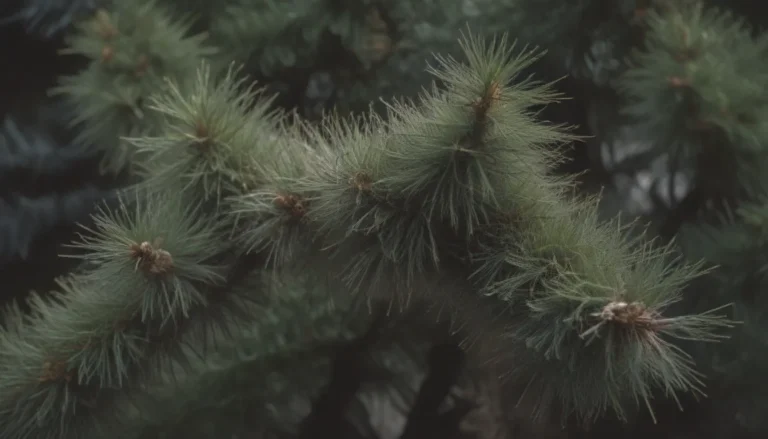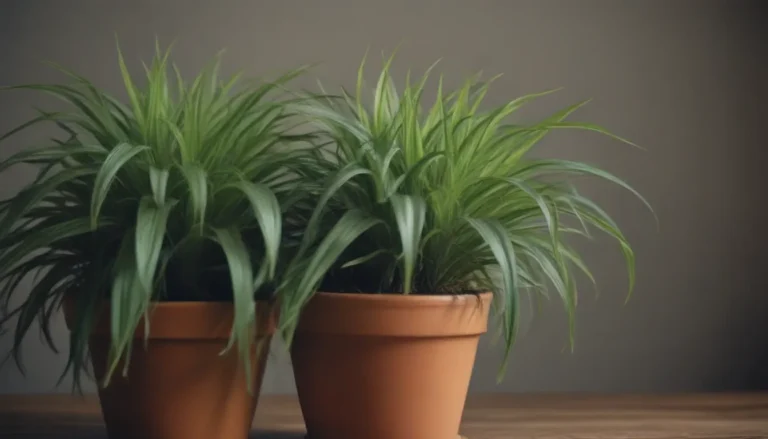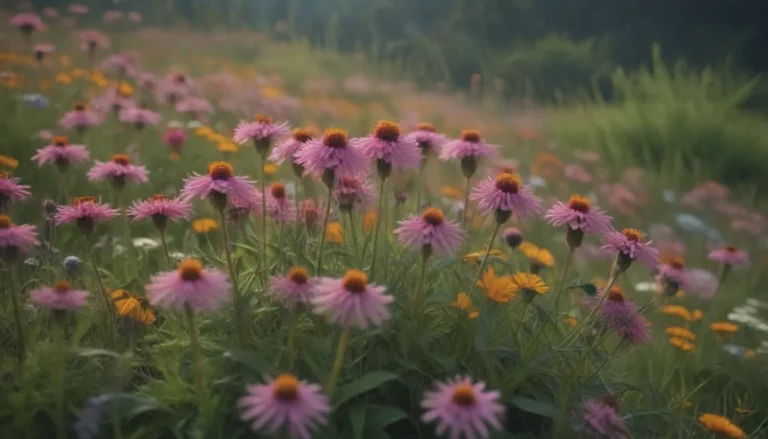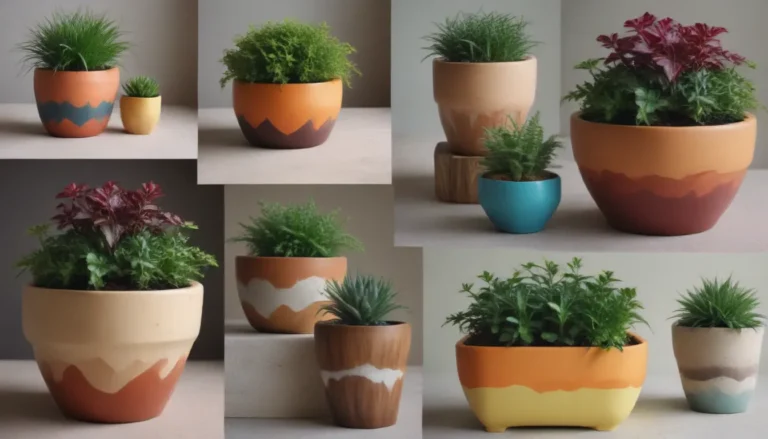Comprehensive Guide to Growing and Caring for Rue
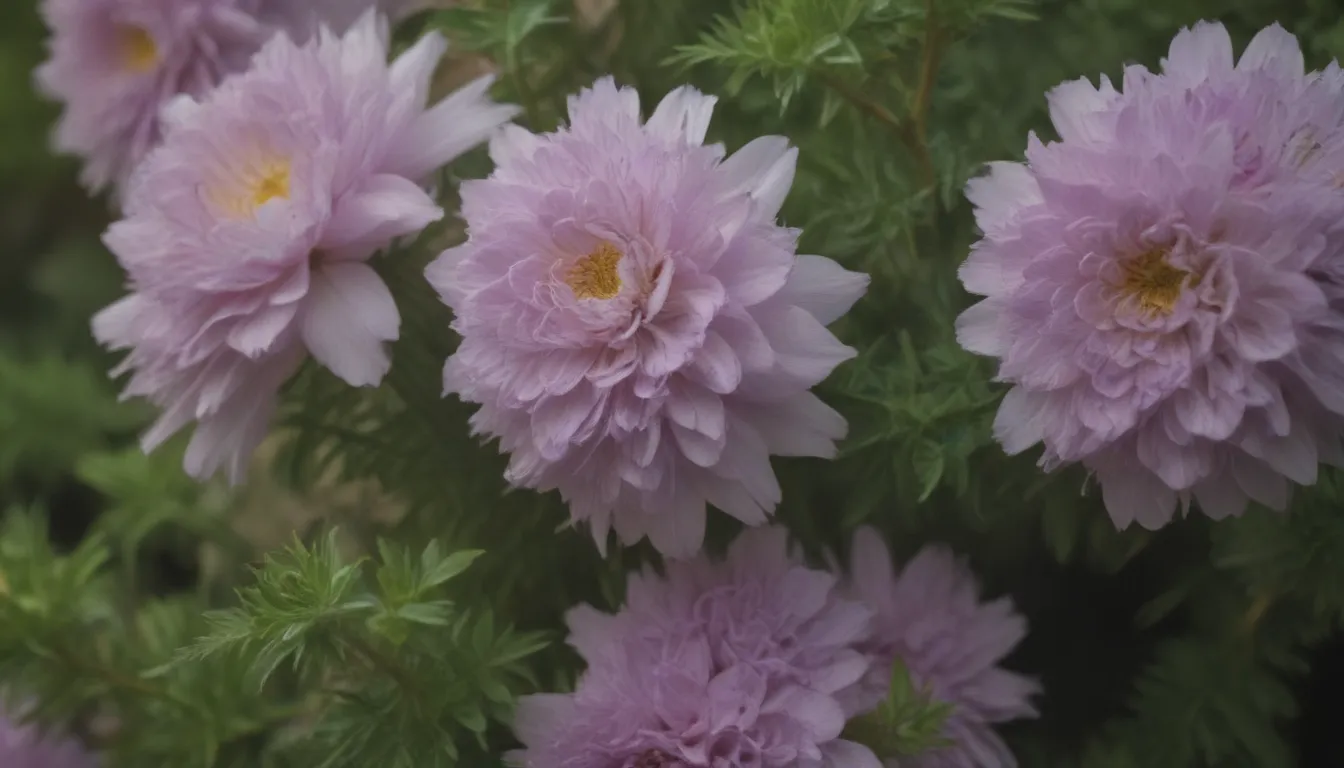
Rue, a charming short-lived perennial herb, is a delightful addition to any garden with its small, shrub-like growth habit and aromatic, blue-green foliage that resembles ferns. In the summer, it blooms with clusters of small yellow flowers that attract butterflies, pollinators, and even parasitic wasps to your garden. Despite its toxic properties, Rue has a moderate growth rate and should be planted in the spring once the danger of frost has passed.
How to Plant Rue
When to Plant
Rue can be planted from potted nursery starts or seeds in the garden when spring soil temperatures reach around 70 degrees Fahrenheit. Seeds will typically germinate within one to four weeks.
Selecting a Planting Site
Choose a sunny location with good drainage for Rue plants to thrive with minimal care. They are resilient and can even grow in gravel. If your soil is heavy or wet, consider container culture to prevent moisture-related issues. Be cautious not to plant Rue near walkways as the sap can cause skin irritation.
Spacing, Depth, and Support
Smooth the soil surface, scatter seeds, and press them slightly into the soil as they need light to germinate. Space plants 1 to 2 feet apart and ensure seedlings stay moist. Rue typically has an upright growth habit and does not require additional support structures.
Rue Plant Care
Light
Rue flourishes best in full sun with at least six hours of direct sunlight daily. While it can tolerate partial shade, plants may produce fewer flowers in shaded areas.
Soil
Well-draining soil is crucial for healthy Rue plants. Add sand, perlite, or vermiculite to improve drainage or consider raised beds for heavy clay soil. Rue prefers moderately rich soil with a slightly acidic to slightly alkaline pH.
Water
Once established, Rue is drought-tolerant and only requires watering during extended dry periods. Avoid overwatering to prevent root rot.
Temperature and Humidity
Rue thrives in hot weather with low humidity, mirroring its native habitat in Greece, Turkey, and Italy. While it prefers low humidity, Rue can tolerate it with proper soil drainage and air circulation.
Fertilizer
Avoid fertilizing Rue plants as excess nutrients can lead to excessive foliage growth at the expense of flowers.
Pollination
Attract bees and butterflies to your garden with Rue, which they highly favor for pollination.
Types of Rue
Several varieties of Rue exist, including:
- ‘Blue Beauty’
- ‘Jackman’s Blue’
- ‘Variegata’
Rue vs. Fenugreek
Rue is often confused with fenugreek, another bitter herb with small yellow flowers. Unlike Rue, fenugreek is an annual legume and lacks some of the toxic properties found in Rue. Fenugreek seeds can be used in curries, and its leaves make a tasty addition to salads.
Harvesting Rue
Rue is commonly harvested for dried flowers and can be used to create sachets that deter pests like fleas and ants. Wear protective gear when handling Rue, and hang harvested plants in a dark, dry place until fully dried before storing in airtight containers.
How to Grow Rue in Pots
For gardeners with limited space or heavy soil, Rue can be grown in containers. Select a pot with drainage holes and well-draining soil. Repot Rue when roots start emerging from the drainage holes and consider companion planting with other herbs like oregano, sage, or thyme.
Pruning Rue
Prune Rue back to around 6 inches in early spring to encourage new growth and maintain plant vigor. Avoid waiting too long to prune to prevent cutting off flower buds. Additional pruning can be done in the fall after flowering.
Propagating Rue
Propagate new Rue plants through stem cuttings in late summer to replace mature plants reaching the end of their lifespan. Wear protective clothing while handling the cuttings.
How to Grow Rue From Seed
Start Rue from seeds in the garden with soil temperatures at least 68 degrees Fahrenheit. Transplant seedlings with two sets of leaves into larger pots, hardening them off before planting in the garden. Rue plants can self-seed in warm regions, and seeds can be collected for relocation.
Overwintering
In colder regions, mulch Rue plants before the frost hits to protect them throughout the winter.
Common Pests and Plant Diseases
Rue is relatively resistant to pests and diseases, with caterpillars likely being the primary concern. Caterpillars on Rue plants are often swallowtail butterfly larvae and pose no threat. Prevent root rot by ensuring proper soil drainage and minimal watering.
Rue is a low-maintenance, visually appealing herb that can brighten up any garden space. With proper care and attention, your Rue plants will thrive, attracting pollinators and adding a delightful touch to your outdoor oasis. Be sure to handle Rue with care due to its toxic properties and enjoy the beauty it brings to your garden landscape.
References:
– North Carolina Extension Gardener Plant Toolbox
– Deerfield Veterinary Clinic
Remember, Rue is both beautiful and dangerous, so handle it responsibly for a rewarding gardening experience. Embrace the beauty of Rue in your garden, but always prioritize safety when caring for this charming herb.
